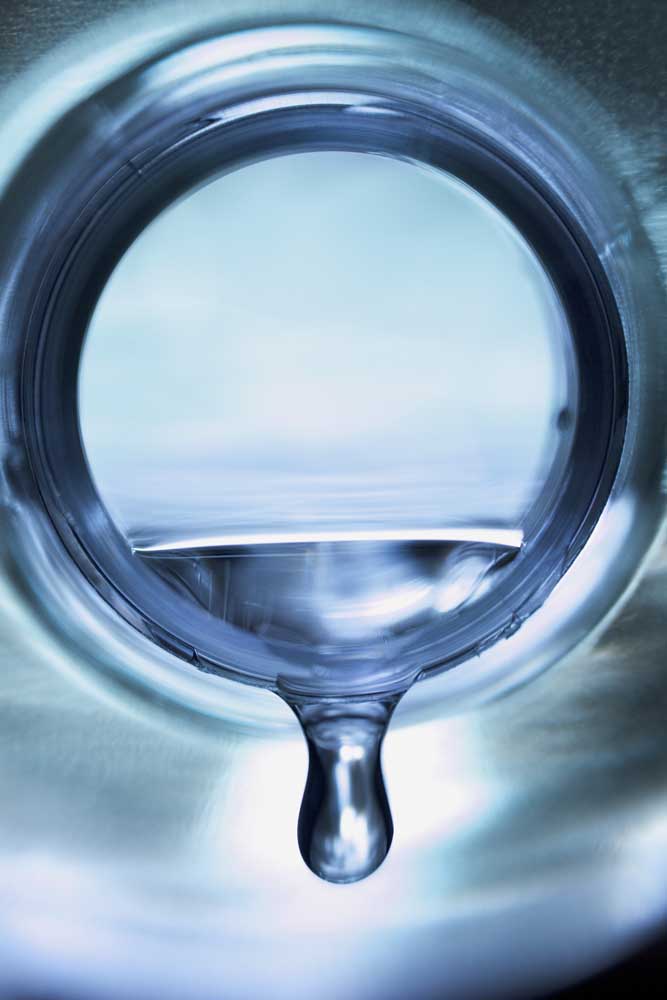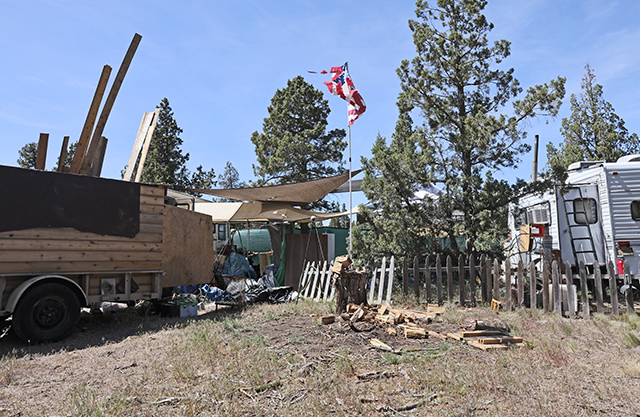Good beer needs good water
Published 12:00 am Friday, July 25, 2014

- Joe Kline / The BulletinBetsy Tucker, an accounting tech in the City of Bend’s Finance Department, inputs data into the city’s software Thursday at City Hall in Bend. The software is about 20 years old and will soon be replaced in a multimillion dollar upgrade.
There’s no question Bend has quite a few breweries — 21 at last count (and nine more elsewhere in Central Oregon).
The question is, why?
The brewery boom in Central Oregon of the past three years could metaphorically be seen as a revving motor — it’s a popular product in a thirsty, knowledgeable and adventurous city. But the spark plug for that same beer-y motor was undoubtedly one of the city’s most prized natural resources and the No. 1 ingredient in beer: water.
“Our soft water can be manipulated due to its low mineral content to brew any style of beer,” said Paul Arney, owner and brew master at the Ale Apothecary. “If we had high mineral content, we’d probably see fewer breweries (or less good beer) around town.”
Arney’s Ale Apothecary is a brewery that prides itself on producing beer as Central Oregon intended it. He locally sources most of his ingredients, and what he doesn’t locally source isn’t from too far away.
Arney said he doesn’t add any minerals to the water, keeping to his idea of terroir in the beer world. But he acknowledges that many brewers will add different minerals to make different styles of beer. For example, England’s “Burton on Trent” water is high in mineral content, lending it to hoppier styles, whereas Czech water has a low mineral content perfect for Pilsners and other German-style lagers.
“Almost every brewer you meet will add ‘salts,’ or minerals, directly to their brew water,” Arney said, “to mimic water from another region in order to mimic a beer style.”
The city of Bend gets its water from both the Bridge Creek watershed and the Deschutes aquifer. Both of the sources have different chemical profiles, but in the end, they don’t reach anywhere above “moderately hard” water on a scale of “soft” to “very hard.”
“The water is very close to distilled except for total alkalinity,” John Palmer, co-author of “Water: A Comprehensive Guide for Brewers,” wrote in an email. “You can brew pretty much any style of beer with this water.”
Palmer said the city’s water is a blank slate, and adding certain minerals would help accent different flavors in beer.
“For hoppier styles (pale ale, etc.) you would use calcium sulfate (gypsum) to add sulfate to boost the hop bitterness and dry out the character of the beer somewhat. For maltier styles (Oktoberfest, etc.) you would use calcium chloride to round out the malty flavor.”
Steve Prazak, Bend’s water quality manager, said he frequently talks to brewers in the area to let them know what changes have happened in the water so they know what changes to make.
“Our water supply has a very low to nondetectible zinc source,” Prazak said. “So, that’s why the brewers all need to add zinc — the yeast need zinc for healthy fermentation.”
Arney said the next debate about water will be the conversation about keeping Bend water clean and plentiful, and opening the door to a conversation about quality ingredients in beer. The Ale Apothecary doesn’t add anything to the water used in its beers, keeping the beer as local and untreated possible. Arney hopes other breweries will see the advantages in that practice as well.
“In antiquity, people made beer because the brewing process sanitized their contaminated source,” he said. “You can make good beer out of some pretty bad tasting water, maybe not great beer, but beer folks will drink it and appreciate it. I think we are beyond fortunate, with the water we have at our disposal, and it may be beer that allows us to have the difficult conversation on how to keep it that way.”
— Reporter: branden.andersen@gmail.com






